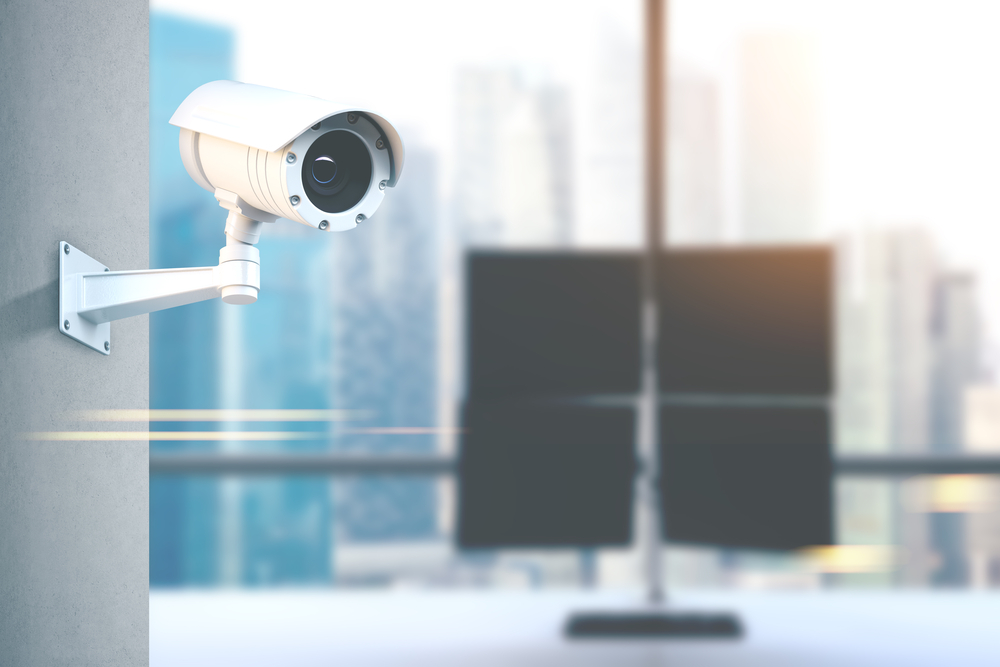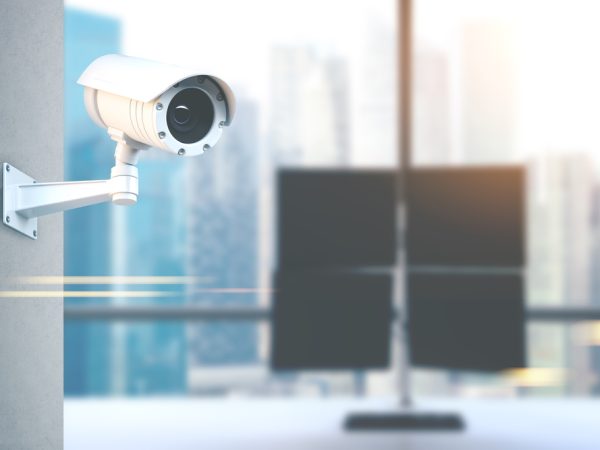Both monitored and unmonitored CCTV (Closed-Circuit Television) systems is significant, each offering distinct benefits and considerations. This blog delves into these two types of CCTV systems, providing insights into which might best serve your security needs.

Monitored CCTV Systems
Monitored security cameras are actively supervised by a team of security professionals either onsite or remotely. When suspicious activity is detected, the monitoring team can immediately assess the situation and respond accordingly. This response might involve alerting local law enforcement, contacting the property owner, or deploying security personnel to the site. The key advantages of monitored CCTV systems include:
Immediate Response: The main advantage of a monitored system is the potential for immediate action in the event of an incident. This can significantly reduce the damage or loss resulting from criminal activities.
Deterrent to Criminals: The presence of monitored CCTV systems acts as a strong deterrent to potential criminals, knowing that their actions are being watched and can be swiftly acted upon.
Peace of Mind: For business owners and property managers, knowing that their property is under constant surveillance provides a sense of security and peace of mind.
Customizable Alerts: Monitored systems can be tailored to send alerts for specific types of activities, ensuring that security personnel are notified of potential threats immediately.
However, monitored systems often come with higher operational costs due to the need for continuous staffing, making them more suitable for high-risk or valuable properties where the benefits outweigh the costs.
Unmonitored CCTV Systems
Unmonitored CCTV systems, also known as passive systems, record footage without live monitoring. The recorded video can be reviewed after an incident has occurred to identify perpetrators or understand the sequence of events. The advantages of unmonitored systems include:
Cost-Effective: These systems are more affordable in the long run, as they do not require a team of professionals to monitor the footage continuously.
Evidence Collection: Recorded footage can serve as valuable evidence for law enforcement investigations and insurance claims following an incident.
Flexibility: Unmonitored systems can be checked periodically or in response to specific incidents, offering flexibility for property owners who may not need or afford round-the-clock monitoring.
The primary drawback is the lack of immediate response. Since these systems are not actively monitored, any intervention during an incident relies on the presence of individuals nearby or the chance that someone reviews the footage in time to act.
Choosing Between Monitored and Unmonitored CCTV Systems
The choice between monitored and unmonitored CCTV systems depends on several factors, including the nature of the property, budget constraints, and specific security needs. For high-value assets or locations with significant security risks, a monitored system offers comprehensive protection and immediate response capabilities. In contrast, unmonitored systems may suffice for lower-risk areas where the primary need is documentation and evidence collection rather than real-time intervention.
In summary, both monitored and unmonitored CCTV systems have their place in a comprehensive security strategy. By assessing your specific needs and considering the advantages and limitations of each system, you can choose the most appropriate solution to protect your property and ensure peace of mind.
